Giant prehistoric fish species still live up to now
The fish that lived in the dinosaurs tens of millions of years ago seemed extinct still in the midst of nature.
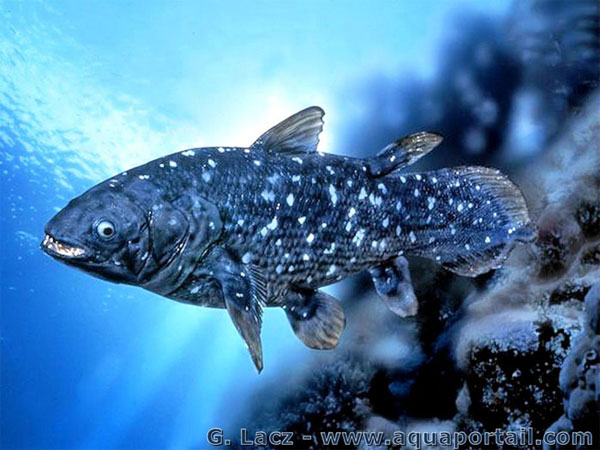
In 1938, a specimen found in South Africa proved that the ancient finfish did not go extinct in the Cretaceous period along with dinosaurs.Even this flesh-skinned fish can breathe.Recently, pelagic fish were also found in Indonesia in 1999.
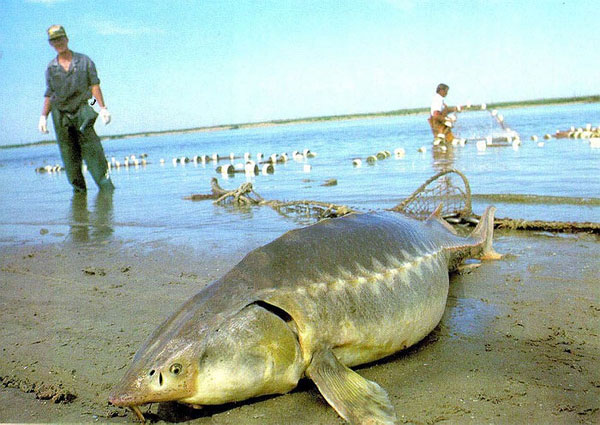
Sturgeon also lives from around the early Jurassic period.The largest sturgeon can be up to 6 meters long, as big as a great white shark.Sturgeon eat small animals on the seabed, especially they are not dangerous unless provoked.
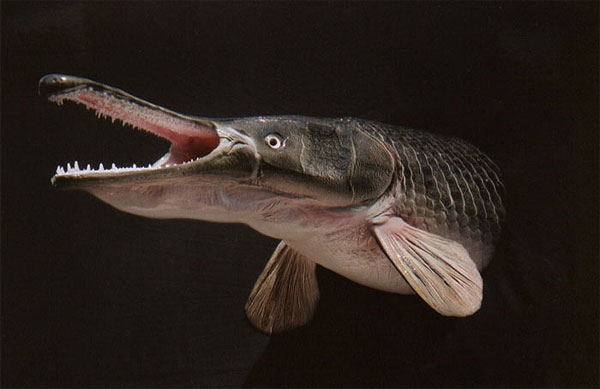
This is the oldest fish alive today in South America, North and Eastern Mexico and is thought to have existed since the Cretaceous.Long snout crocodile (rocket crocodile) can grow 4 meters long and weigh 200kg.They have a very long muzzle with extremely sharp teeth, very good at ambushing prey and once bitten.
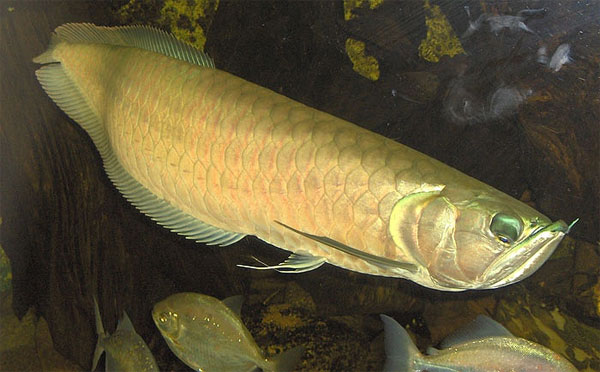
Arowanas belong to the ancient group of fish Osteoglossids, dating from the Jurassic period.Today, they are found in Amazon, some places in Africa, Asia and Australia.Arowanas are voracious predators, which can eat any small animal they catch including birds and bats in jumps out of the water.
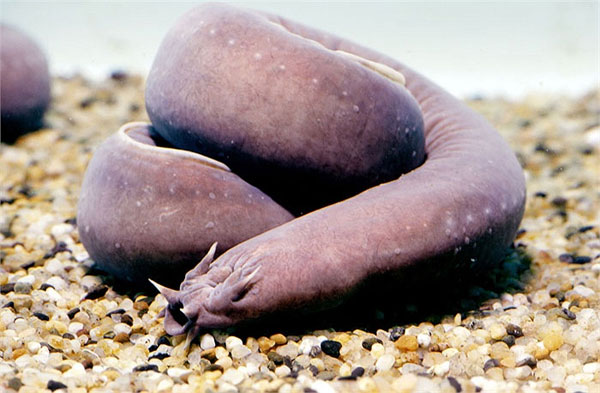
Myxini rockfish has existed for more than 300 million years living in relatively deep waters.They are very strange animals, have a skull, 2 brains and many spine.This fish produces mucus to destroy the gills of other predatory fish so they have almost no natural enemies.

Wrinkled sharks are a 'living relic' that dates back to the Cretaceous period, when dinosaurs dominate the planet.A wrinkled shark may grow to 2 meters, the male may be larger.They live in very deep waters and food is mostly squid.The type of wrinkled shark hardly attacks people.

Marine fish can grow up to 4.5 meters, but most of the average length is 2 meters.This fish needs to breathe with oxygen from the air, like whales to survive.They move quite slowly and often eat small fish, crustaceans or any small animal that can fit into its mouth.Currently this fish is very scarce.

The stingray survives from the Cretaceous and they can be found in saltwater areas or in rivers and canals.They are 7 meters long, with their 'saws' both a weapon and a sensory organ to help them feel their prey.Garlic fish can become extremely dangerous if provoked.

This African Polypterus Senegalus fish is called 'dinosaur eel' because the dorsal fin is serrated and dinosaur-like appearance.They are able to live without water for a while until their scales are no longer moist, which helps them to escape to the free waters after they leave the sea.
- Fish 'live fossils'
- 3 giant prehistoric monsters can exist today
- Prehistoric fish have teeth like humans
- Whale - Fish species existed since prehistoric times
- Close-up of the species
- 10 prehistoric monsters cause horrors at sea
- Monsters that dominated the prehistoric world
- Discovering fish is evolving to prepare water to live on shore
- Catch living giant paddle fish in Taiwan
- Some fish species live in the harshest place on earth
- Strange fish can live on land all year without dying
- 11 species of giant fish are in danger of extinction
 Animal 'suffering' after hibernation
Animal 'suffering' after hibernation Why do goats climb well?
Why do goats climb well? Scientists were surprised to see chimpanzees eating turtles
Scientists were surprised to see chimpanzees eating turtles Giant catfish died deadly due to drought in Thailand
Giant catfish died deadly due to drought in Thailand